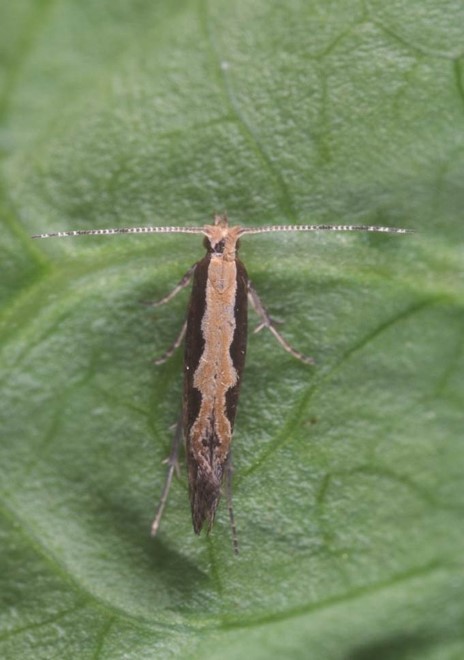
By Clint Thompson
One of the leading insecticide treatments for diamondback moth could still be vulnerable to overuse and eventual resistance. That’s why John Taylor, agronomic service representative for Syngenta, implores producers to rotate different modes of action so resistance does not develop.
“Proclaim® is one of the stalwarts, so to speak, of diamondback moth management. With that being said, you can break that one, too. There’s nothing magic about it,” Taylor said.
“That’s actually one of the concerns that we have that as some of the stalwarts begin to falter or fail, then there’s the tendency for people to go to the other things they are familiar with and confident with and that they know work. What ends up happening is, products like Proclaim® might be getting used once or twice a season. All of a sudden, if another key compound starts to fail, all of a sudden it might be getting used four times a season.”
Resistance Concern
Resistance is the major challenge producers have with diamondback moth management. University of Georgia Extension vegetable entomologist Stormy Sparks said products that were 95% effective when they were first implemented are now only 20% with the exception of a couple.
“There’s a lot of things that make diamondback moth a challenge to control, but the thing that has made it the most challenging to control through the years is it has an amazingly high propensity to developing resistance to insecticides. For people that have to deal with it, it’s a continuous challenge because if you’re not careful and even if you are careful, you can burn through your insecticides,” Taylor said.

“I guarantee you, particularly with this pest, you could break (Proclaim®) if you wanted to without a whole lot of effort.”
Guidelines for Use
Syngenta has issued multiple guidelines for the best use of Proclaim® against diamondback moth.
- Use the highest labeled rate for each application (4.8 ounces per acre).
- Use a spray adjuvant to improve coverage and penetration.
- Ensure application volume is sufficient to provide thorough coverage and penetration into the leaf canopy.
- Actively scout to ensure applications are made to low populations and early instar larvae.
- Scout two to four days after application to ensure high levels of control were achieved.
- Do not apply more than two sequential applications of Proclaim®.
The diamondback moth larvae will feed on foliage. Early instars can cause small channels in the leaf surface. Larger larvae can cause perforations in the leaf. Populations above 0.3 larvae per plant need to be controlled.
The pest is specific to cruciferous crops like cabbage, cauliflower and broccoli.









